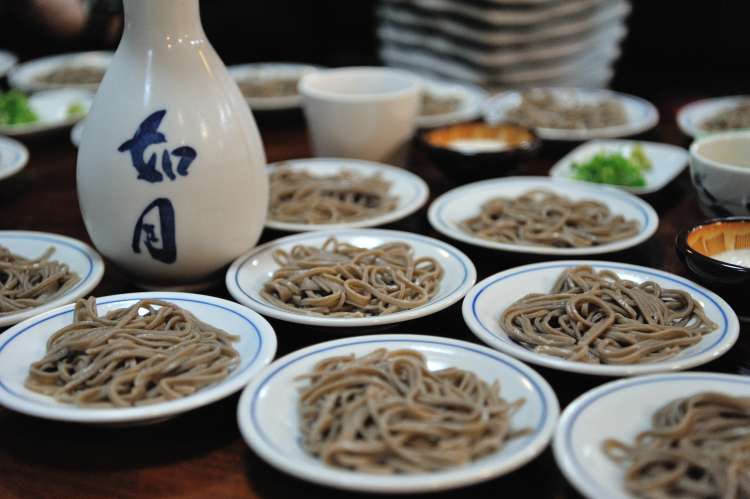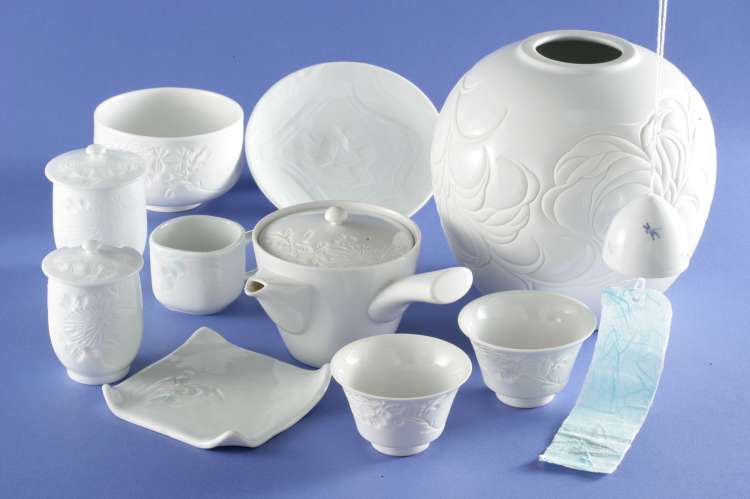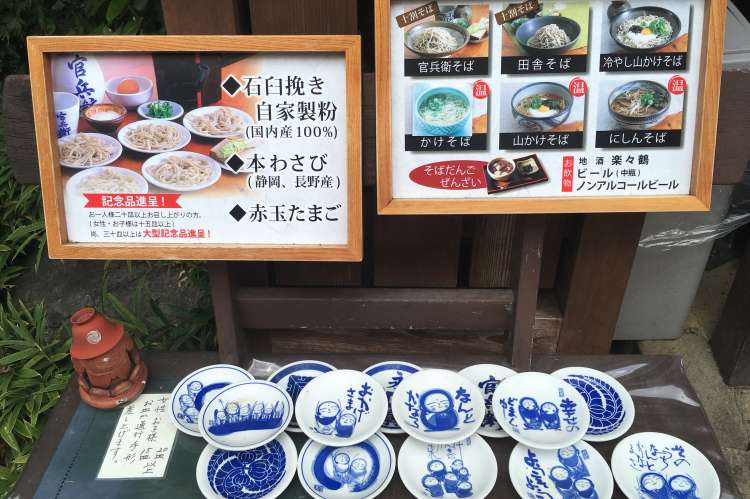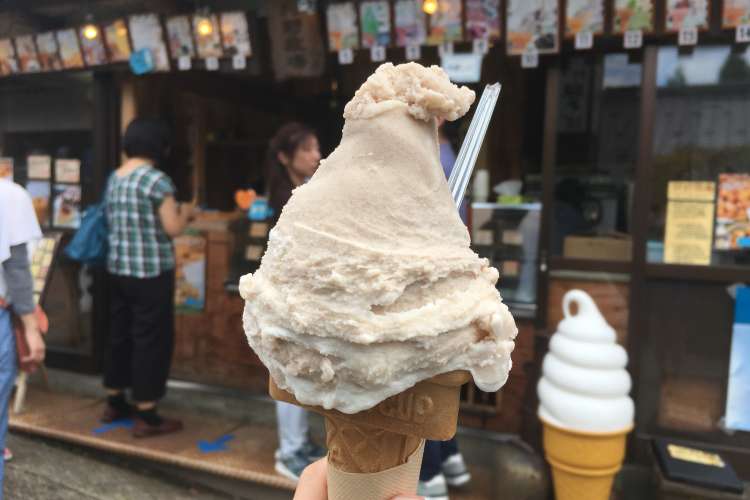Partners Information: Izushi, a historic castle town less than an hour from the renowned hot springs at Kinosaki Onsen in Hyogo Prefecture has a delicious local specialty called Izushi sara soba. Many types of soba noodles, which are made from buckwheat, are eaten all over Japan; however, Izushi sara soba stands out from other styles due to its unique presentation.

While soba in Japan is usually served in regular-sized bowls or dishes, Izushi sara soba is served as mouth-sized portions on small plates, called sara in Japanese. At one of the town's 50 or so Izushi sara soba noodle shops, it's customary for each guest to be served five plates. So when going out to eat with friends or family, the table is often topped with an impressive mountain of tiny dishes.

In 1706, during the Edo Period, the daimyo (feudal lord) of the Matsudaira clan in Izushi switched territories with the daimyo of the Sengoku clan in Ueda. The new Izushi daimyo from the Sengoku clan, brought a soba maker with him who infused his hometown's soba-making techniques with Izushi's pre-existing methods - this is said to be the origins of Izushi sara soba. The unique presentation of Izushi sara soba began to appear at the end of the Edo Period (mid 1800s) when serving soba on small dishes at food stalls grew in popularity.
After that, the town started producing Izushi-yaki, a local style of pottery known for its simple white and blue designs. Each soba shop has its own unique Izushi-yaki, and patrons can see the striking designs once they finish each plate.

Izushi sara soba is served cold and dipped in a chilled Japanese soup stock called dashi that can be mixed with other toppings such as green onions, grated yam, raw egg and wasabi. In order to fully enjoy the flavour of the soba noodles, you are encouraged to eat the first plate of noodles by itself, followed by a plate of noodles with the dashi and finally to finish the last plates with any combination of toppings one prefers. At the end of the meal, the leftover dashi is mixed with hot water used to boil the soba, called sobayu, for guests to enjoy a warm, hearty drink.

Aside from soba noodles, Izushi sells some delicious soba-flavoured desserts, including ice cream, warabi mochi (a jelly-like confection), pudding and tea. Although it may sound unusual, the soba-flavored ice cream has a delightfully subtle taste and creamy texture.
Visitors can even try making soba from scratch. Starting from freshly ground buckwheat flour,
participants mix the dough with water and knead, stretch, fold, cut and boil it with the help of a local artisan. Participants can then enjoy their freshly made soba with any of the town's traditional toppings.




















































